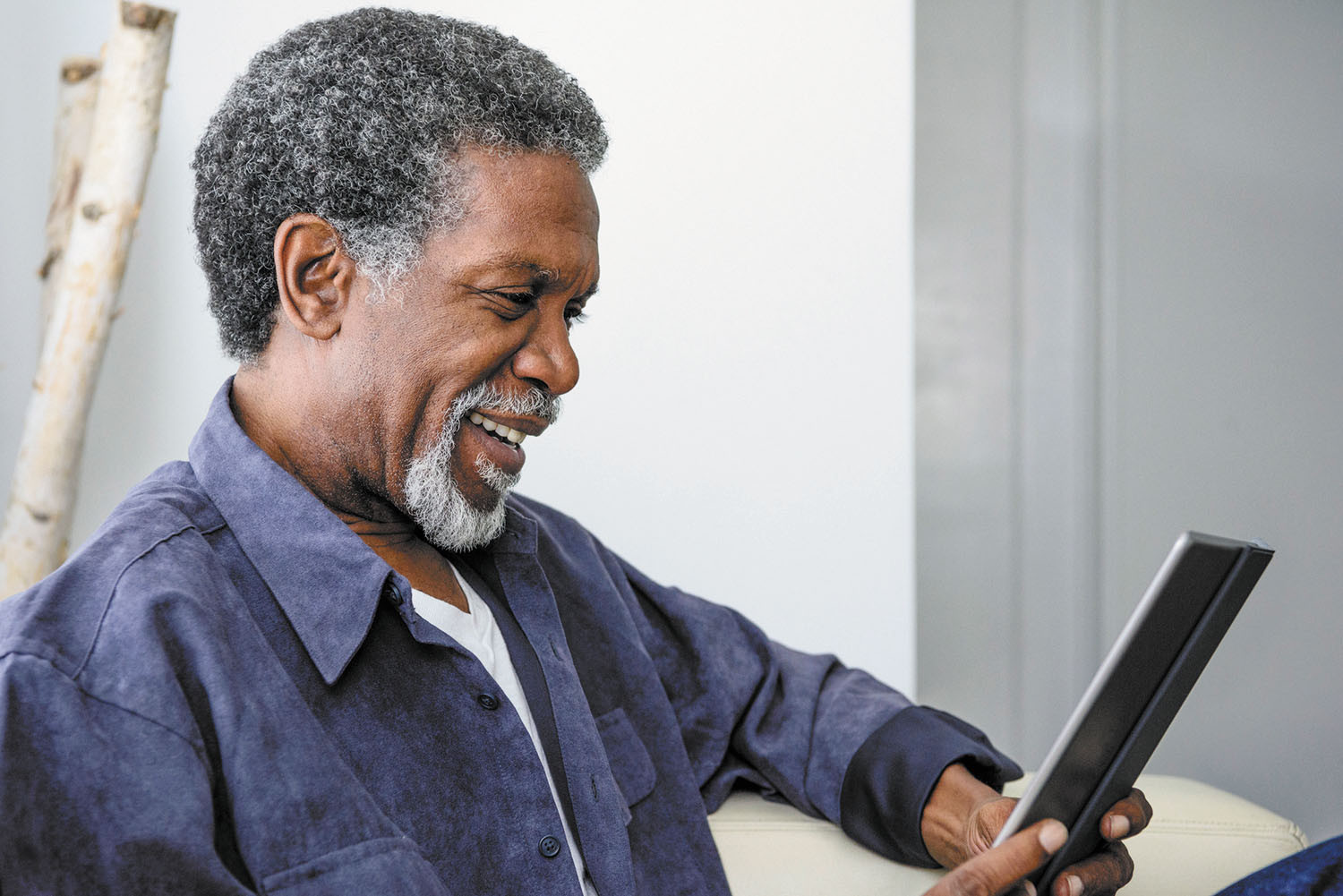The surprising side effects from using technology
Repetitive motion and poor posture can lead to aches and pains.

Image: © Johnny Greig/Getty Images
You've mastered the art of texting, emailing, and web surfing on your smartphone and computer. But along with that digital prowess, you've picked up an unexpected side effect.
"We get a number of patients who develop injuries from these activities," says Dr. Tamara Rozental, an orthopedic surgeon who specializes in hand, wrist, and elbow disorders at Harvard-affiliated Beth Israel Deaconess Medical Center.
Hand pain
The repetitive motions of texting and typing can lead to general hand pain from underlying osteoarthritis (the wearing away of cartilage in the joints). "Using these gadgets doesn't cause osteoarthritis, but if you're prone to it, it can increase your symptoms," Dr. Rozental says.
Using your thumbs too much to text can cause strain or overuse injuries of the tendons that run from the wrist to the thumb (a condition called De Quervain's tenosynovitis). Symptoms include pain over the thumb side of the wrist, which can appear gradually or suddenly and move up the forearm.
Pushing buttons too hard with your fingers can lead to inflammation around the tendons and pulleys that enable the fingers to bend, increasing the risk for trigger finger (stenosing tenosynovitis). Symptoms include pain, popping, and a feeling that the digit is locking when you bend or straighten it.
Hand numbness and tingling
It's not true that typing on a laptop or desktop keyboard will cause carpal tunnel syndrome—a condition in which the median nerve is compressed as it passes through a small area at the wrist known as the carpal tunnel. But Dr. Rozental notes that typing may bring out the symptoms of the condition, such as pain, tingling, and numbness in the thumb, index finger, middle finger, and inner half of the ring finger.
Leaning too much on your elbows may worsen cubital tunnel syndrome, in which the ulnar nerve is compressed where it passes through tissue near the elbow called the cubital tunnel. Symptoms include pain, numbness, or tingling in the ring or little finger.
Neck and back pain
Looking down at an electronic gadget for long periods can lead to neck and back pain.
"You're stretching the muscles, ligaments, and tendons in your neck and upper back," explains Dr. Andrew White, an orthopedic surgeon and co-director at the Spine Center at Beth Israel Deaconess Medical Center. "It's the posture and the amount of time in that posture that matters."
Dr. White says this type of pain is temporary and won't cause permanent back or neck problems. "But it's uncomfortable, and it can also irritate the occipital nerve where the spine connects to the base of the skull, which can cause headaches," he explains.
Hand and wrist fixes
Treatments for hand or wrist conditions include taking a break from the offending activity; splinting; short-term use of over-the-counter painkillers, such as ibuprofen (Advil) or acetaminophen (Tylenol); exercises to stretch the tendons; and sometimes steroid injections.
You'll also have to modify the way you use electronic devices. If texting with your thumbs causes pain, you may need to use other fingers to text, or use a stylus.
"If you have hand deformity or pain, use voice commands, or use a fatter stylus to put less stress on the thumb joint," Dr. Rozental says.
For more information about resolving hand pain, check out the Harvard Special Health Report Healthy Hands (/hnd).
To ease carpal tunnel pain, set up your workstation so that your forearms are parallel to the floor, your wrists are straight and in line with your forearms, and your elbows are relaxed and bent at a 90-degree angle at your waist.
"Using a vertical mouse places the hand in a less stressful position. And keep the mouse in front of you, not to the side," suggests Dr. Rozental.
Back and neck fixes
To relieve back and neck pain, adjust your posture when using a device. "Keep your gaze parallel to the floor as opposed to downward," Dr. White suggests. It's helpful to raise the computer monitor so it's level with your eyes. Do the same with handheld devices by propping them on a few pillows.
More tips: take frequent breaks, and pay attention to discomfort. "If you feel like you have a stiff neck, adjust your position," Dr. White advises.
He also urges you to prevent pain by exercising and strengthening your core muscles, which support the spine.
"If you're physically fit," says Dr. White, "it's been shown that you'll be less likely to develop neck or back pain."
Disclaimer:
As a service to our readers, Harvard Health Publishing provides access to our library of archived content. Please note the date of last review or update on all articles.
No content on this site, regardless of date, should ever be used as a substitute for direct medical advice from your doctor or other qualified clinician.















